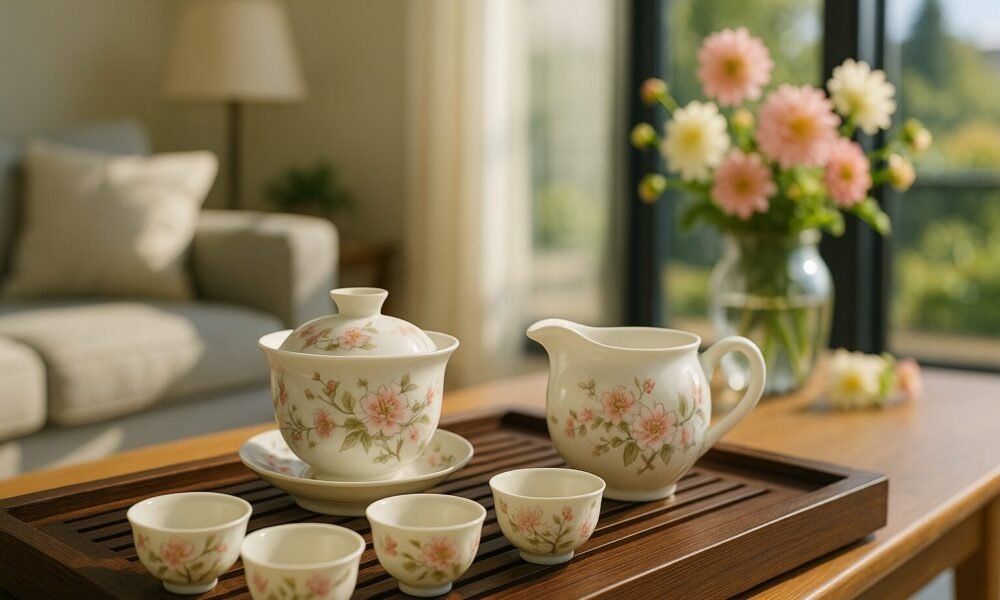
Learn About Tea
Delightful Taste
How to Make Tea Like Boba Shops: A Guide to Crafting Delicious Bubble Milk Tea at Home
April 27, 2025
14 Min Read
Delight in 13 Traditional Teacakes: A Taste of Tea Treat Perfection
April 22, 2025
13 Min Read
Exploring Types of Tea and Their Taste: A Comprehensive Guide
April 18, 2025
13 Min Read
Stay Connected
Teas You Might Not Know
Types of Pu-erh Tea: A Comprehensive Guide to all Pu-erh Tea Varieties
March 16, 2025
37 Min Read
Rare Teas: A Comprehensive Guide to all Premium Teas
March 16, 2025
36 Min Read
Types of Oolong Tea: A Comprehensive Guide to all Oolong Tea Varieties
March 16, 2025
42 Min Read
















